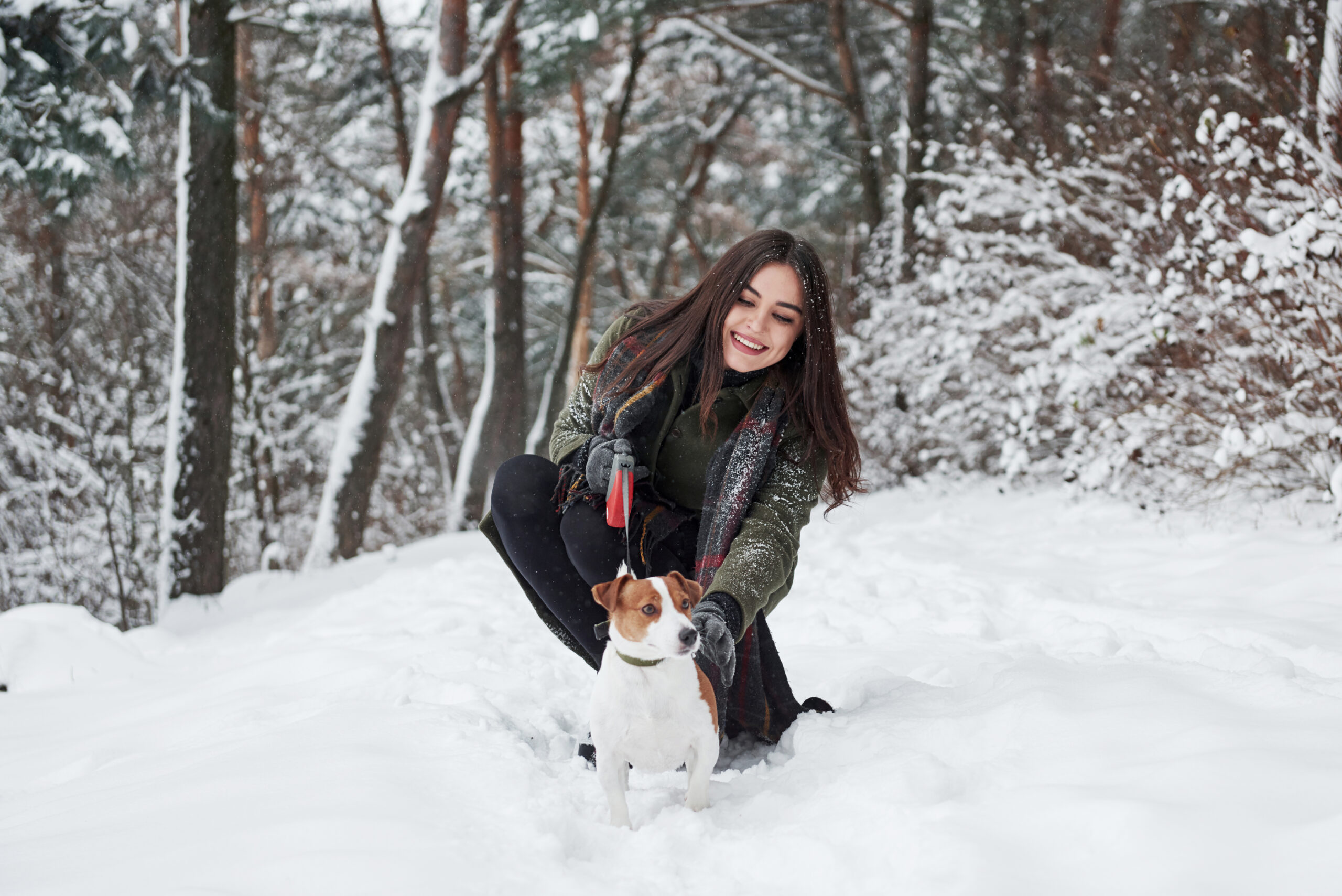Winter months mean colder weather and sometimes freezing and icy sidewalks. Of course, unless your dog is toilet trained, you still have to take your dog out to use nature’s facilities. Taking your dog out during winter can potentially expose them to frostbite. Thus, it’s important to know how to recognize signs of frostbite in dogs and to know the ways to prevent frostbite in dogs.
Causes of Frostbite on Dogs
Frostbite occurs when the skin and the tissue under that skin freezes. It’s important for frostbite to be treated immediately. Frostbite can cause stinging, numbness, burning, pain, throbbing, and other neurological discomforts as the affected area gets rewarmed and as blood starts to recirculate.
Dogs get frostbite when they’re exposed to the cold for a prolonged period of time. Of course, depending on the circumstances, frostbite can start in as little as 30 seconds of exposure to extreme cold, so never assume that your dog doesn’t have frostbite just because you were only outside for a minute or so.
Dogs are at risk of frostbite when temperatures drop below 32 degrees Fahrenheit. Freezing temperatures can cause the ground, water on the ground, dew, etc. to freeze and become icy. Dog’s paws are generally where they’re the most vulnerable; though, their noses and other body parts exposed to the cold are susceptible.
How to Recognize Frostbite on Your Dog
Thus, it doesn’t take long for frostbite to occur. You may only be out for a minute or so with your dog. It really depends on the degree of cold, the conditions, and your dog as well as if they’re properly attired for the weather. Note that small dogs, shorthaired dogs, puppies, and senior dogs are at a higher risk for getting frostbite.
Symptoms of frostbite in dogs presents similarly to frostbite in humans. Areas of your dog that are frost bitten will present as follows:
- The skin will become very pale.
- The skin may develop a blue-white color resulting from the lack of blood circulation.
- There may be ice forming around the frostbitten area(s).
- When touched, the frostbitten area will be cold, brittle, and possibly painful. Your dog will indicate pain with yelps, whimpers, growls, or withdrawals.
- Your dog may become clumsy or stiff due to pain in the affected area.
- The area affected may become swollen.
- Skin ulcers or blisters may develop.
If you observe any of these symptoms in your dog following exposure to cold weather conditions, immediately move them indoors to a warm area. If they’re comfortable with it, bundle them in warm blankets. Do not rub their frostbitten skin or attempt to warm it with a hair dryer or heating pad. Contact your vet for further advice.
How to Prevent Frostbite for Your Dog
Ideally, your dog will not get frostbite because you’ll take preventative measures to keep them safe. These measures include:
- Covering your dog’s most vulnerable areas: paws, ears, and tail; keeping your pet’s paws safe during winter is especially important
- Putting a warm sweater or jacket on your dog along with dog booties
- Making sure your dog is dry before taking them out for a walk (wet dogs or dogs with wet extremities are more vulnerable)
- Keeping winter walks to a minimum. Even the healthiest dogs should not go for walks in snowy, icy, or extremely cold conditions lasting more than half an hour.
Importantly, remember that frostbite starts when temperatures are below 32 degrees; however, older dogs and those more vulnerable may be at greater risk even when it’s just very cold, so attiring your dog in warm clothes is a safe and smart way to prevent frostbite for your dog.
Further strategies for preventing frostbite for your dog include walking them when it’s the warmest time of day—usually in the middle of the day. Exercising your dog in winter is still important. Keep bathroom breaks very short so your dog doesn’t have to be exposed for too long. These are just a few additional ways to prevent frostbite on dogs.
Lastly, have a plush, warm bed accessible for your dog to warm up in after walks and bathroom breaks. Check their paws, ears, nose, and tail for any signs of frostbite after every outing.
It’s not your fault if something happens, but by doing everything you can to prevent frostbite for your dog, you are being a great pet parent!
Dogs feel things just like people, and it’s not just emotions! Dogs also feel cold and get frostbite. By learning how to recognize and prevent frostbite for your dog, you can keep them healthy all winter long. Another way to keep your dog healthy is by giving them a natural daily dental chew like the ones we make at WHIMZEES®.


